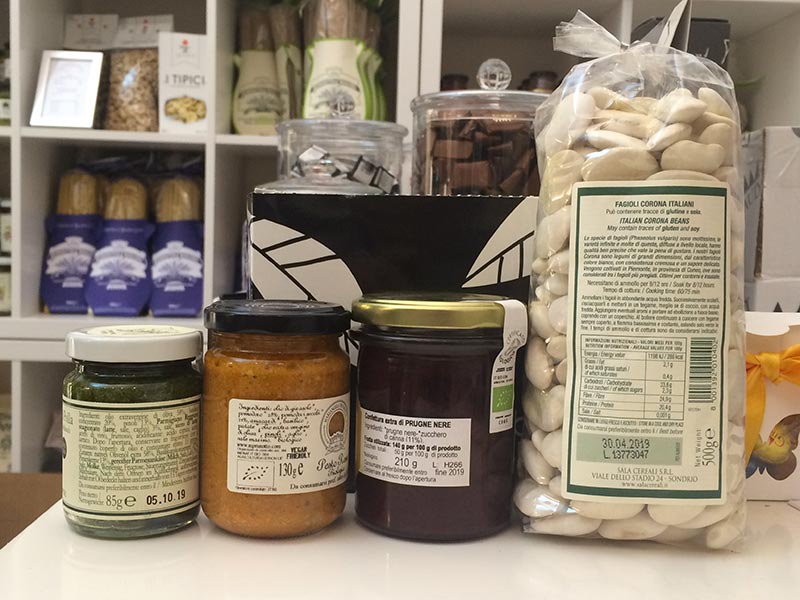Food labels, the ones we know nothing about!
How many of us really pay attention to reading the labels we find on food products, before we buy them? Perhaps some of us are extremely meticulous while the rest of us are rather inattentive.
By reading them we can certainly discover many important things about what we eat and, why not, we can also learn how to improve and be more aware of the way we shop. The choice of what we eat and drink every day influences our diet even as far as nutritional balance is concerned: taking into consideration what is written on labels is necessary if we are to make healthier choices: food labels are obliged to provide certain information, while other information is optional. Regarding this aspect, regulations have changed a lot in recent years, with the aim of protecting consumers and their health as much as possible.
Here is an example of a perfect food label
The fundamental characteristic of the food label is that of informing consumers in the clearest and most transparent way possible about the real properties of the product on sale. Food labels should above all be clear, legible (print and font sizes of 1.2 mm or more) and indelible. They should also contain:
- brand
- name (and alongside it, the specific treatment the product has undergone, for example «in powder», «re-frozen», «lyophilized», «frozen», «smoked» etc…)
- drained weight
- net quantity
- list of ingredients
- any allergens (written in a different font from that of the other ingredients)
- expiry date
- method of preservation
- address of the manufacturer and country of origin
- actual alcoholic strength by volume for drinks with an alcoholic content of >1.2%
- batch number
Other information which may be found is that relating to the “Guideline Daily Amounts” which expresses the total energy and nutrient quantity which a healthy adult should eat every day. Products most subject to regulatory restrictions with regard to the application of food labels are pre-packed ones. In the case of products sold loose, the main information must be given on the sale container: name, list of ingredients, any allergens, expiry date and preservation method if relevant. With regard to foods sold retail directly and prepared on the same premises as where they are sold or, in any case, wrapped in an artisan manner, the nutritional label is not obligatory.
But how do we read food labels?
The first thing to bear in mind is that there is nothing frightening about very detailed food labels: labels providing detailed information are synonymous with the quality of the product. When the quality of a product is good, in fact, the company selling it tends to show this fact by listing its nutritional properties and the origin of the ingredients. Also, the description of the production method, any quality certificates obtained or the suggestion of recipes in which to use the product as well as the free help line number for the customer contribute to classifying a high-quality level of what you are buying. An important reading principle to be considered, to make things easier, is to remember that by law ingredients are indicated in a decreasing order of quantity. Therefore, when checking the labels of two similar products, with a glance we can get an idea of which of the two has the higher quality. A last tip: some food labels can mislead the consumer; for example, if we want to choose a product with a low fat content, we must bear in mind that in some cases different types of fats are used (such as lard and margarine) and sometimes the food labels report them as two separate ingredients.
Sources:
- Dario Bressanini
http://bressanini-lescienze.blogautore.espresso.repubblica.it/ - Ministero della Salute
http://www.salute.gov.it/imgs/C_17_opuscoliPoster_215_allegato.pdf - Il fatto alimentare
http://www.ilfattoalimentare.it/ - My Personal Trainer
http://www.my-personaltrainer.it/ETICHETTE-ALIMENTARI.htm




